While Huawei is still busy bolstering their ranks in the mid-range and high-end segment, the brand hasn’t forgotten the entry-level market. The Huawei Y6s aims to revitalize the brand’s name in the entry-level segment but does it achieve this goal? Let’s find out.
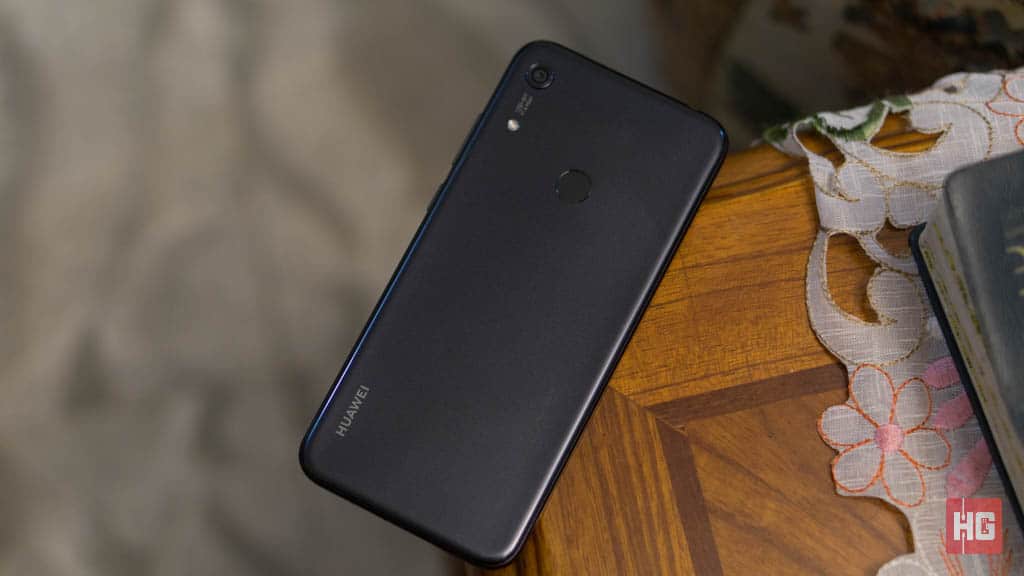
| Chipset | MediaTek MT6765 |
| Screen | 6.09-inch IPS, 1560 X 720, Dewdrop |
| RAM | 3GB |
| OS | Android 9.0 with EMUI 9.1 |
| Rear Camera | 13MP f/1.8, AF, LED Flash |
| Front Camera | 8MP f/2.0 |
| Storage | 64GB expandable up to 512GB via MicroSD slot |
| Network | Dual-SIM, 4G LTE |
| Connectivity | WiFi 802.11b 2.4GHz, Bluetooth 4.2, MicroUSB, 3.5mm audio jack |
| Battery | 3,020mAh |
| Others | Rear-mounted Fingerprint Scanner |
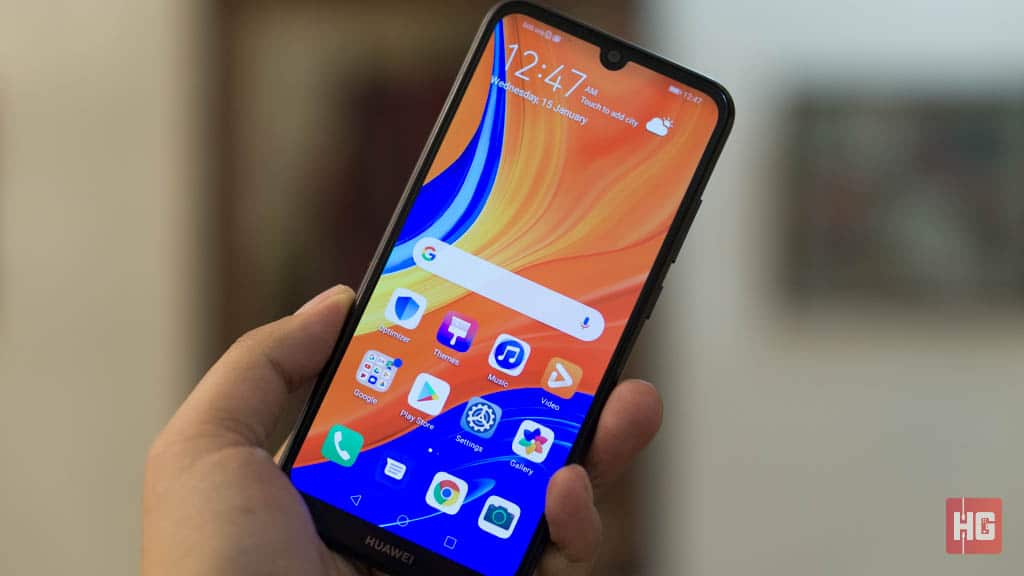
The Huawei Y6s is minimalist in its design. You can’t expect much since this is a budget-oriented smartphone but Huawei was still able to sneak in more modern smartphone features such as a notched display.
Speaking of the display, the 6.09-inch IPS 1560 x 720 display is surprisingly crisp so long as you don’t view the smartphone too close to your face. Unfortunately, the bezels at the sides and at the top are noticeable and the bottom chin does make a comeback in the Huawei Y6s.

The screen can be a bit vibrant to our liking. It is possible to customize the color temperature of the screen via the settings menu. Depending on your preference, the screen can show color a bit colder, warmer, or to the default profile.

The rear is covered in a shiny plastic film that is a bit fingerprint resistant, though not completely. Some of their competitors in this price point are having an increasing amount of cameras at the back. Huawei, however, has relegated in using a single 13MP f/1.8 Main Camera at the back with an LED Flash.
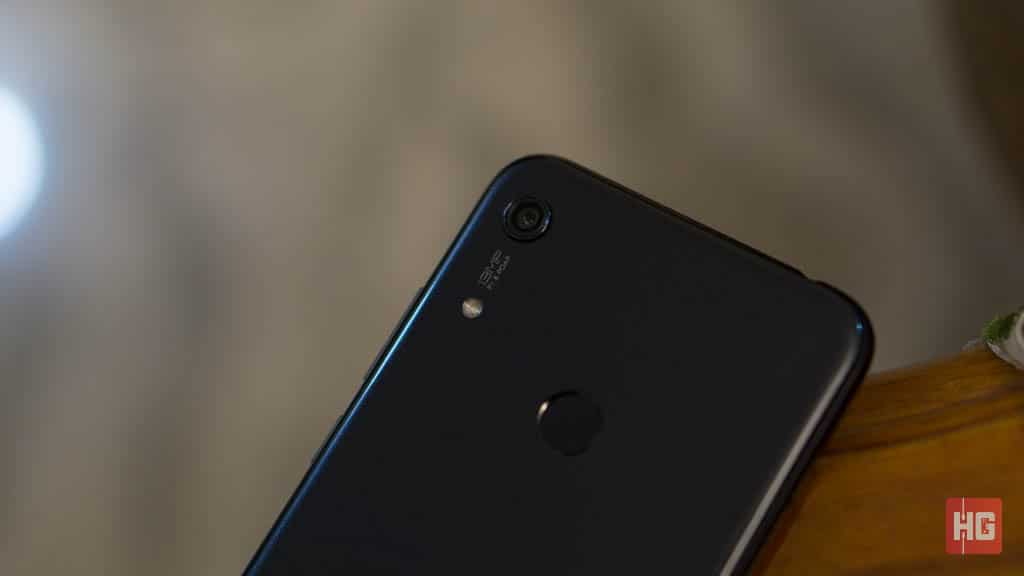
Unfortunately, the Huawei Y6s doesn’t come with an in-display fingerprint sensor. Instead, the brand is using a traditional rear-mounted fingerprint scanner. The 8MP f/2.0 front camera also enables facial recognition for an added layer of security.
Weirdly enough, the Huawei Y6s has its 3.5mm audio jack placed at the top. At the bottom are grilles for the speakers and microphone as well as a MicroUSB port for file transfers and charging.
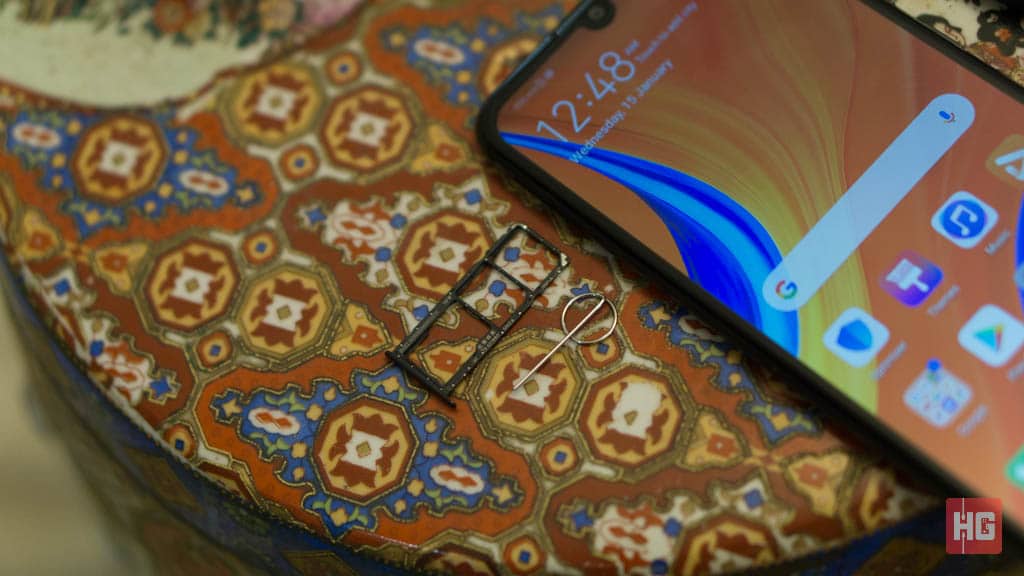
The power and volume buttons are located at the right-hand side of the handset. The left-hand side houses the SIM tray, which comes with two SIM card slots as well as a dedicated MicroSD card slot.
The device is fairly lighting weighing in at just 150g. Though it might not be hefty as some devices, it still feels like its build is tough enough to withstand a couple of accidental falls.
Huawei ships the Y6s with Android 9.0 with EMUI 9.1. It’s pretty much bog-standard when it comes to Android UIs. The menu can be accessed by swiping down from the top of the screen and the app drawer is disabled by default.
Animations feel smooth and quick. As is standard with most smartphones nowadays, Huawei integrates the navigation keys onto the bottom of the screen. If that’s not your preference, Gestures can be turned on via the settings menu.
The camera app ships with most of the modes that we’ve come to expect. Auto, Beauty, Video, Pro, Panorama, and HDR are the options that are currently available on the Huawei Y6s. There are missing features, however, such as Night and Aperture modes.
Though not as impressive as its peers on the same price bracket in terms of specifications, the 13MP f/1.8 main camera captures decent enough photos under the right conditions.
Without Night Mode or using Pro Mode, photos taken in dimly-lit situations can be a bit grainy. Shadows are not as crisp as we would have liked them to be. These problems can be alleviated a bit by using the Pro Mode.
Inside the shiny chassis of the Huawei Y6s is a MediaTek MT6765 chip with 3GB of RAM and an expandable 64GB internal storage. The MT6765 is a fairly decent chip for entry- and mid-level smartphones.
Though we would have liked at least 4GB of RAM, the system remained without any hitches while having multiple apps open at the same time. The device doesn’t get too hot under stress while playing.
In terms of benchmarks, the Huawei Y6s pretty much pumped out numbers we have expected from its chip. The device scored an even 4000 in PCMark Work 2.0, 98324 in AnTuTu, and 305 in 3DMark Sling Shot Extreme.
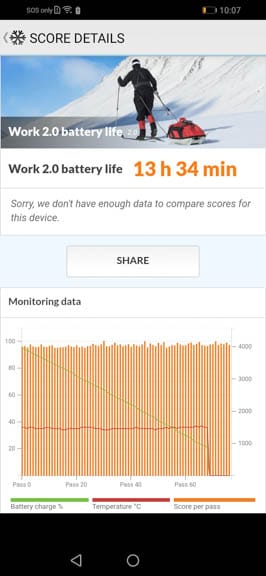
Powering the Huawei Y6s is a 3,020mAh non-removable battery. Though not large by any means, the battery inside can still power the device for up to a day with medium usage including a browsing the net with mobile data and streaming videos.
The device comes with a MicroUSB cable as well as a 5V/2A wall adapter. The stock charger can charge the smartphone in just around an hour from 20% to 100%.
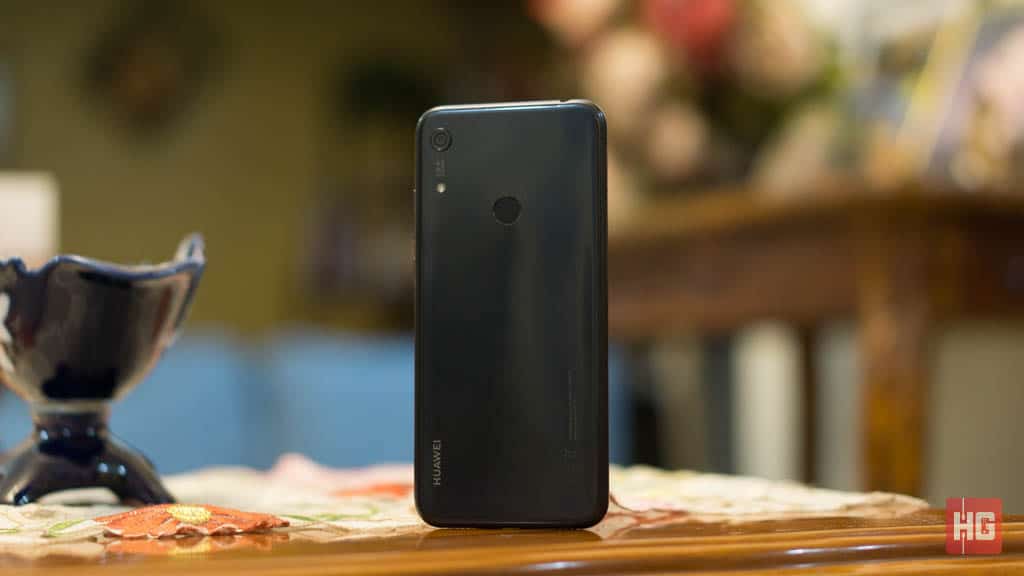
While the Huawei Y6s won’t reinvent the wheel in the entry-level smartphone market, it still delivers a decent showing while not costing too much. Pretty much everything with the Y6s is a standard experience. The performance of the MediaTek MT6765 is what you expect while having a large 64GB internal storage can be handy in the long run.
The only real downside of the Huawei Y6s is the camera performance. Although the single 13MP f/1.8 main camera at its back can take great photos in the right conditions, grain will appear under low-light conditions.
With that said, if you’re looking for a solid smartphone experience in the entry-level smartphone segment for around PhP 6,990, the Huawei Y6s is a smartphone that should be considered.
